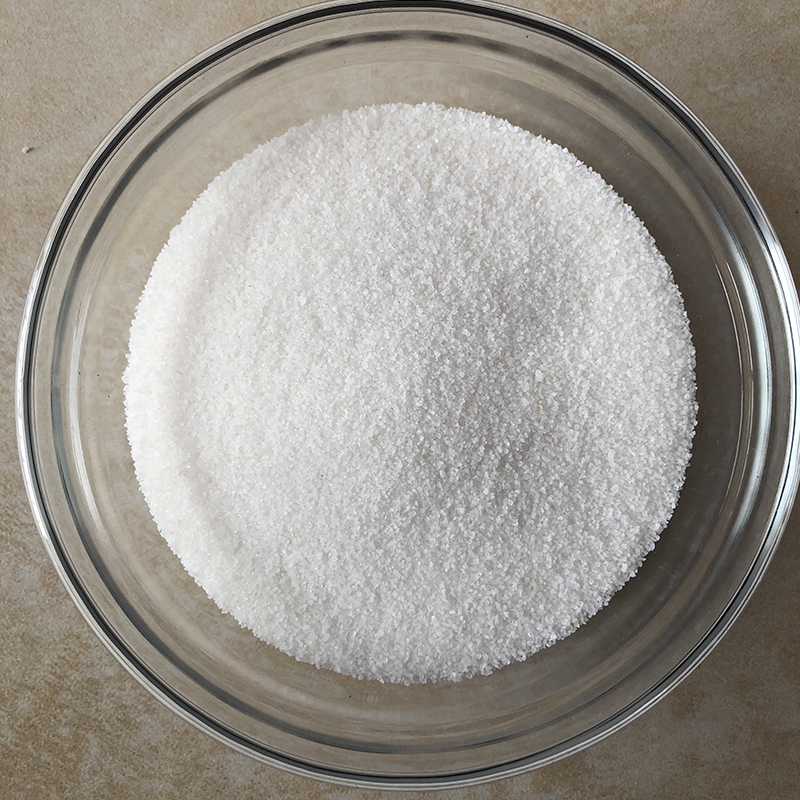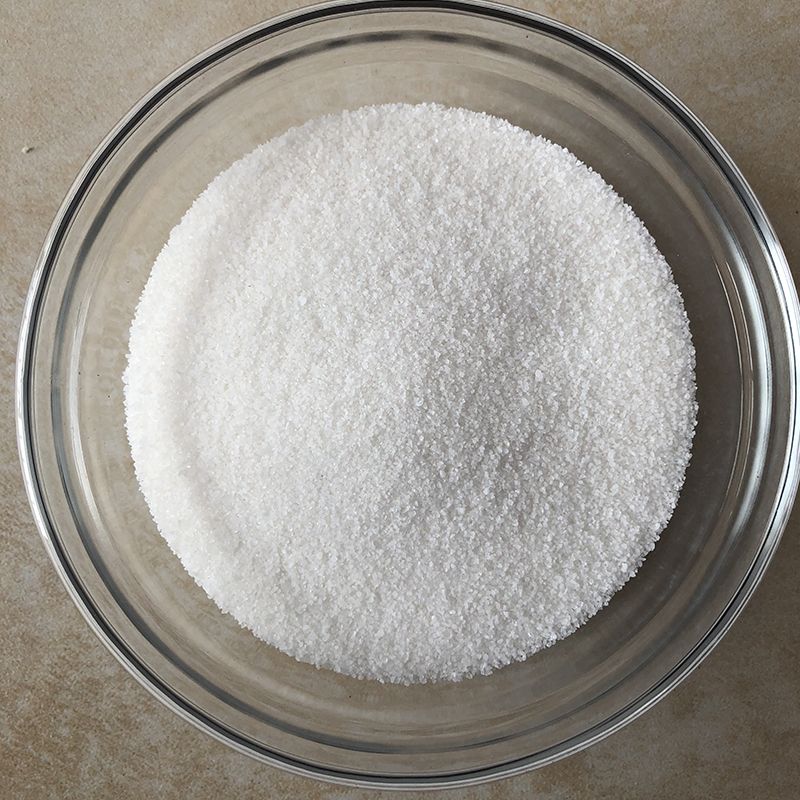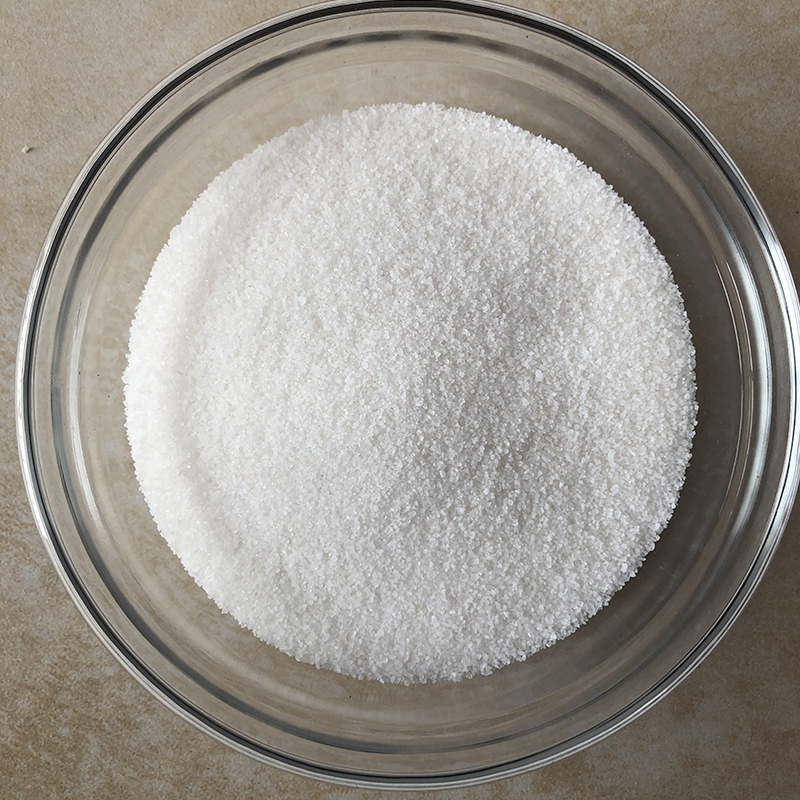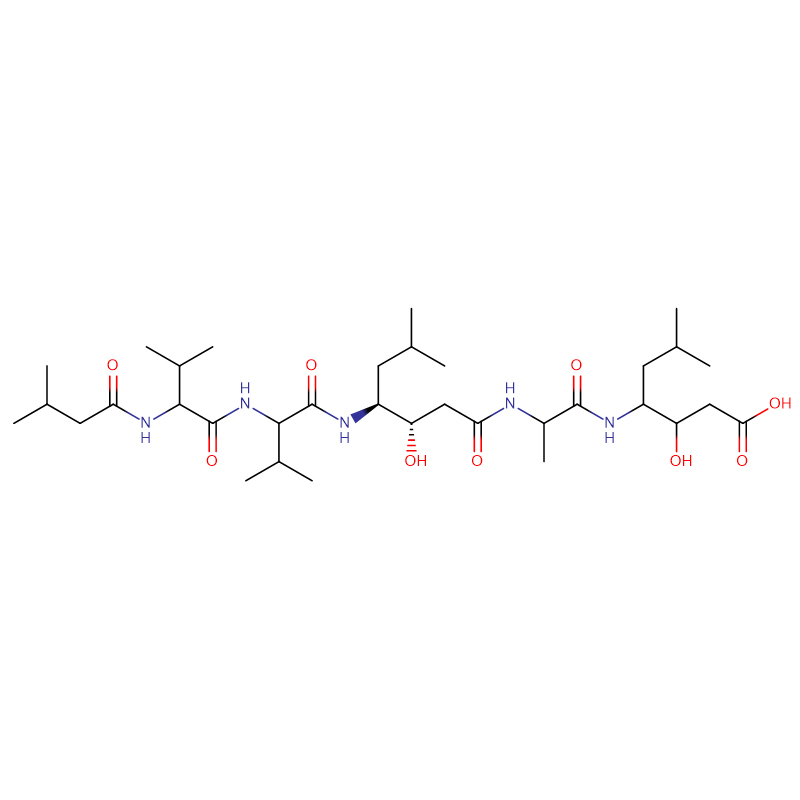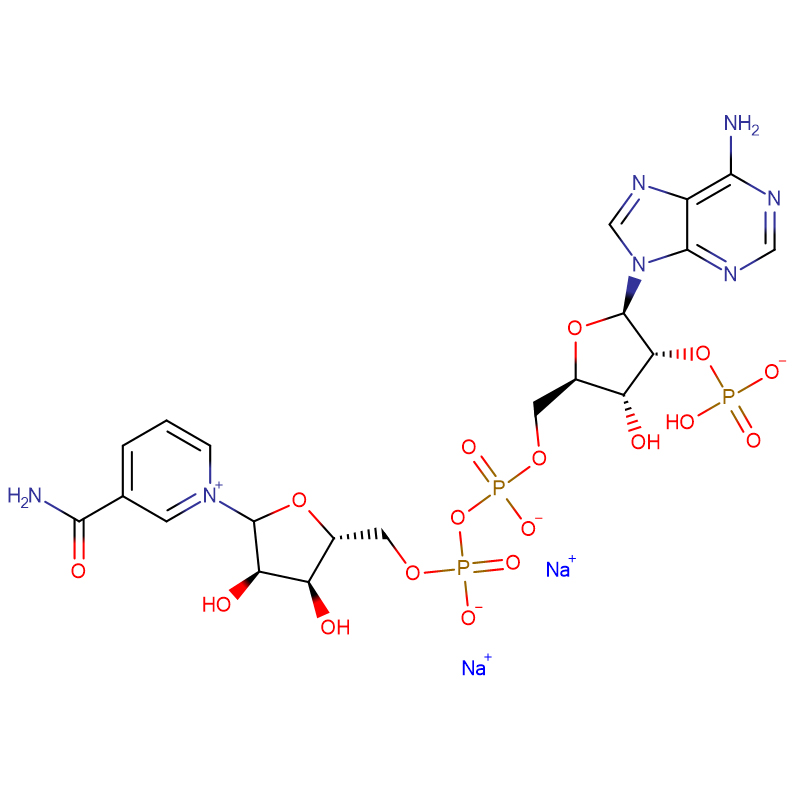alpha-Amylase CAS:9000-90-2 C10H13FN2O4
| Catalog Number | XD90389 |
| Product Name | alpha-Amylase |
| CAS | 9000-90-2 |
| Molecular Formula | C10H13FN2O4 |
| Molecular Weight | 244.22 |
| Harmonized Tariff Code | 35079090 |
Product Specification
| Melting Point | 66-73°C |
| Appearance | White powder |
One vital therapeutic approach for the treatment of type 2 diabetes mellitus is the use of agents that can decrease postprandial hyperglycaemia by inhibiting carbohydrate digesting enzymes. The present study investigated the effects of bioassay-guided extract and fractions of the dried fruit pericarp of Phaleria macrocarpa, a traditional anti-diabetic plant, on α-glucosidase and α-amylase, in a bid to understand their anti-diabetic mechanism, as well as their possible attenuation action on postprandial glucose increase.Methanol extract (ME), obtained by successive solvent extraction, its most effective liquid-liquid n-butanol fraction (NBF) and the flash column chromatographic sub-fraction (SFI), were evaluated for in vitro α-glucosidase (yeast) and α-amylase (porcine) activity inhibition. Furthermore, confirmatory in vivo tests were carried out in streptozotocin-induced diabetic rats (SDRs) using oral glucose, sucrose and starch tolerance tests.At the highest concentration employed (1 00 μg/ml), NBF showed highest inhibition against α-glucosidase (75%) and α-amylase (87%) in vitro (IC50 = 2.40 ± 0.23 μg/ml and 58.50 ± 0.13 μg/ml, respectively) in a dose-dependent fashion; an effect found to be about 20% higher than acarbose (55%), a standard α-glucosidase inhibitor (IC50 = 3.45 ± 0.19 μg/ml). The ME and SFI also inhibited α-glucosidase (IC50 = 7.50 ± 0.15 μg/ml and 11.45 ± 0.28 μg/ml) and α-amylase (IC50 = 43.90 ± 0.19 μg/ml and 69.80 ± 0.25 μg/ml), but to a lesser extent. In in vivo studies with diabetic rats, NBF and SFI effectively reduced peak blood glucose (PBG) by 15.08% and 6.46%, and the area under the tolerance curve (AUC) by 14.23% and 12.46%, respectively, after an oral sucrose challenge (P < 0.05); thereby validating the observed in vitro action. These reduction effects on PBG and AUC were also demonstrated in glucose and starch tolerance tests, but to a lesser degree.These findings reveal that P. macrocarpa can attenuate hyperglycaemia in both in vitro and in vivo conditions by potently inhibiting carbohydrate hydrolysing enzymes, making it a viable plant for sourcing natural compounds for the management of type 2 diabetes mellitus.


